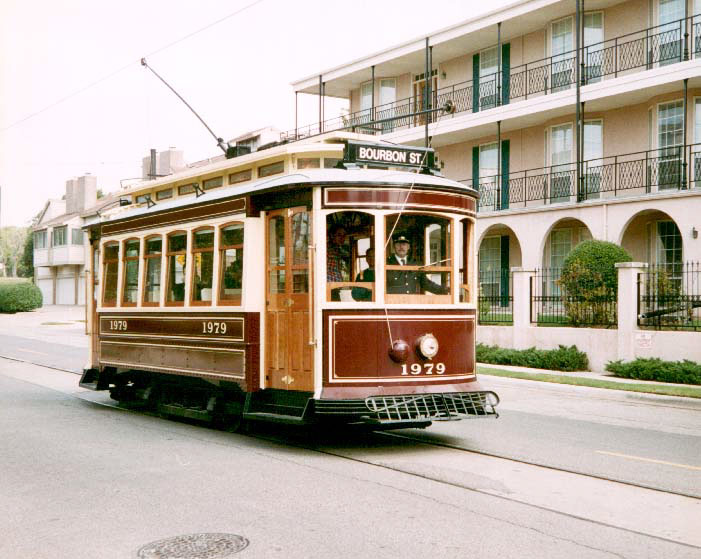 Tonight, my whole family went to a candidates forum so we could hear the candidates for the upcoming school board election. It was held at award-winning Whittier School near my house on the West Bluff. I normally don’t take my whole family, but this forum had a twist: it offered “free childcare.” When you have three kids, that’s very attractive.
Tonight, my whole family went to a candidates forum so we could hear the candidates for the upcoming school board election. It was held at award-winning Whittier School near my house on the West Bluff. I normally don’t take my whole family, but this forum had a twist: it offered “free childcare.” When you have three kids, that’s very attractive.
So we all trekked over there, arriving a little late as is normal when you have three kids. We were directed to the “computer room” for the “free childcare.” Our kids are 6, 3, and 1, so I figured perhaps part of the room had computers for older children, but then part of the room would be like a kindergarten room for younger children.
Nope. When we walked in, there they all were — kids of all ages, headphones on, sitting neatly in straight rows, staring at their computer screens. Each computer was turned on, the kids were tuned in, and they’d all dropped out of any social interaction whatsoever, each absorbed in his or her own individual virtual universe.
My children have never turned on a computer or played on a computer (unless you count James’s recent exploits with my laptop). James stacks blocks, Margaret colors pictures, and Jacqueline reads books. So, we asked if the room next door — the library — was open, or if there was anything for James to do. Nope. The kiddies could either sit with a computer or their parents for an hour.
I suppose you get what you pay for. Free childcare = computerized babysitting.
I’m not a big fan of computers in primary schools; I think they’re unnecessary and possibly even harmful to a child’s development. But even setting that aside, when you advertise “free childcare,” you expect there to be something for small children. Like a one-year-old. What’s a one-year-old going to do with a computer (besides pour his drink on it)?
So, we tried attending the forum anyway with children in tow, and our kids did quite well the first 45 minutes or so. Then they started getting bored and wanting to run around, and Jamie started getting rather noisy. So we left, much to the relief of the rest of the attendees, I’m sure.
The forum itself was very good. Five candidates attended: Beth Akeson, Alicia Butler, Linda Butler, Bill O’Brien, and Rachael Parker. Alicia Butler had to leave early for another engagement. I didn’t get to hear everything, but I did catch their positions on a couple of hot-button issues:
School in the Park
All the candidates except for Linda Butler emphatically said they were against putting a school on the corner of Glen Oak Park. Linda Butler didn’t commit herself one way or the other, saying instead that there should have been more public interaction and more communication so that they could have made an informed decision.
Properties on Prospect
All the candidates except for Linda Butler and Alicia Butler stated they believe the properties on Prospect should be sold, not razed. They felt the people and the park district had spoken, and the district shouldn’t continue to continue to hang on to these expensive properties. Akeson mentioned they could either sell the property to the park district or fix up the homes and put them on the market. Linda Butler referred to the fact that the Master Facilities Plan includes Glen Oak Park as a possible site for a future school and never really answered the question squarely, leading me to believe she favors the park school. Alicia Butler had already left when this question was raised.
Edison School Contract
O’Brien stated that he thought Edison schools were good, but financially draining. He suggested that if the school board would terminate the program, then businesses, corporations, and/or foundations would step forward to fund it and it wouldn’t have to be funded out of the district’s budget. Akeson and Linda Butler believed the Edison program could be replicated by District 150 without having to contract with Edison itself. Parker wouldn’t commit one way or the other, stating that her position would depend on the cost of the Edison program — she apparently is unaware of the cost. She might want to look that up for future forums. Alicia Butler, again, had already left.
There were two school board members in the audience: Martha Ross and Jim Stowell (aka “Gypsy Jim” for his ability to divine the will of the “silent majority”). I also noticed that WCBU’s Tanya Koonce was there covering the event, but I didn’t see any other media (I have to assume someone was there from the Journal Star, but I don’t know who).
 There’s been a lot of press coverage of Ameren’s threats since their bond rating was reduced to junk status by Moody’s Investors Service and the response by the Illinois Commerce Commission (ICC). I’ve seen a lot of quotes from the ICC’s letter, but not the letter in its entirety. It is available online. You can read it by clicking the “Show More” link below, or see a scan of the actual letter on the ICC’s website in PDF format.
There’s been a lot of press coverage of Ameren’s threats since their bond rating was reduced to junk status by Moody’s Investors Service and the response by the Illinois Commerce Commission (ICC). I’ve seen a lot of quotes from the ICC’s letter, but not the letter in its entirety. It is available online. You can read it by clicking the “Show More” link below, or see a scan of the actual letter on the ICC’s website in PDF format.
 The speculating is over.
The speculating is over.  A while back, there was a motion to require a supermajority vote to approve institutional zoning boundary changes. That motion failed. As it turns out, that initiative was moot because Bradley’s request to change their boundaries passed 10-1 last night.
A while back, there was a motion to require a supermajority vote to approve institutional zoning boundary changes. That motion failed. As it turns out, that initiative was moot because Bradley’s request to change their boundaries passed 10-1 last night. Tonight, my whole family went to a candidates forum so we could hear the candidates for the upcoming school board election. It was held at award-winning Whittier School near my house on the West Bluff. I normally don’t take my whole family, but this forum had a twist: it offered “free childcare.” When you have three kids, that’s very attractive.
Tonight, my whole family went to a candidates forum so we could hear the candidates for the upcoming school board election. It was held at award-winning Whittier School near my house on the West Bluff. I normally don’t take my whole family, but this forum had a twist: it offered “free childcare.” When you have three kids, that’s very attractive. For all of you who will be voting on new second district representatives to the Peoria Public Schools Board of Education next month, I encourage you to attend a candidates forum tonight (Tuesday, March 13) at Whittier Primary School, 1619 W. Fredonia Ave., at 6:30 p.m. Free babysitting will be provided.
For all of you who will be voting on new second district representatives to the Peoria Public Schools Board of Education next month, I encourage you to attend a candidates forum tonight (Tuesday, March 13) at Whittier Primary School, 1619 W. Fredonia Ave., at 6:30 p.m. Free babysitting will be provided. File this one under “Cults.”
File this one under “Cults.”
 Disaster befell the Peoria Chronicle technology department on Sunday, March 11, 2007.
Disaster befell the Peoria Chronicle technology department on Sunday, March 11, 2007.